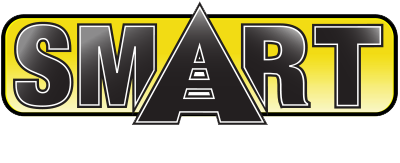Picture hiring a new employee and on the first day of work they show up drunk and become belligerent with their supervisor.
Is this realistic? Yes it actually happens quite a bit, but it can be avoided by conducting a pre-placement physical at an Occupational Health Clinic. The cost of a pre-placement physical is a minor expense compared to the cost of a claim!
Drug and Alcohol Test
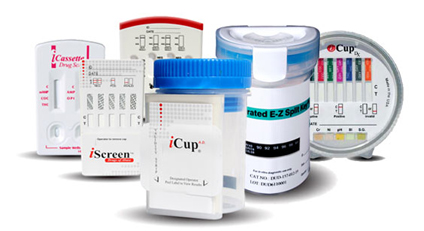 On an employee’s first day of work, you should send them to the clinic for an alcohol and a 5-panel drug test (marijuana, cocaine, opiates amphetamines and methamphetamines).
On an employee’s first day of work, you should send them to the clinic for an alcohol and a 5-panel drug test (marijuana, cocaine, opiates amphetamines and methamphetamines).
You should also instruct the clinic to require the employee to perform the same physical activities they will encounter on the job, including bending, stooping, pulling, climbing and lifting a specific amount of weight. As the employee is performing the tests, the clinician will observe them for pain, unusual movements and visible scars.
Common questions a clinician should ask your new hire are:
- Do you have any aches and pains we should know about?
- Do you have any drug prescriptions?
- Have you been hurt at work before?
Once these items are thoroughly documented, your risk, as an employer, is greatly reduced!
New Hire Orientation
After your New Hire returns from their screening at the clinic, you need to run them through your New Hire Orientation Program. You should perform orientations in a classroom setting, instead of a 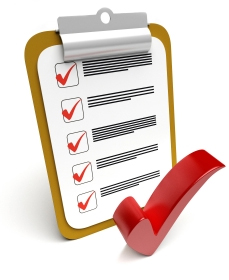 jobsite, for example, to ensure that you have your employee’s undivided attention. A thorough New Hire Orientation ensures that your employee understands your company’s rules and regulations. And you need to get their signature of acknowledgement for your OSHA defense file.
jobsite, for example, to ensure that you have your employee’s undivided attention. A thorough New Hire Orientation ensures that your employee understands your company’s rules and regulations. And you need to get their signature of acknowledgement for your OSHA defense file.
Claims Management Procedure
Even if you hire the best employees, some times stuff happens. How your company responds to an accident is extremely important. But you can’t wait till an accident occurs to react. You need a clear policy in place that identifies:
- Who gets the first call when an accident occurs;
- Who conducts the accident investigation even for the most minor of accidents; and
- Who collects Supervisor Incident Reports, Employee Incident Reports, Witness Statements, and DWC-1 Claim forms
First-Aid Vs. Recordable
A trip to the Emergency Room can kill your bottom line, not to mention, negatively impact your insurance costs for years to come. Anytime an employee gets hurt you should provide the necessary 
What is Considered First-Aid?
- Tetanus immunizations
- Cleaning wounds
- Bandages, Steri-Strips and non-rigid back belts
- Hot or cold therapy
- Temporary immobilization devices while transporting an accident victim
- Drilling of a fingernail or toenail to relieve pressure, or draining fluid from a blister
- Using eye patches
- Removing foreign bodies from the eye using only irrigation or a cotton swab
- Removing splinters or foreign material from areas other than the eye by irrigation, tweezers, cotton swabs or other simple means
- Using finger guards
- Using massages
- Drinking fluids for relief of heat stress
Aggressive Claims Management
Once an accident happens, you have to aggressively manage it to minimize the long-term impact on your company. Here’s a list of things that you can do:
- Get to know the claims examiner
- Get to know the Primary Treating Physician
- Always know what the injured worker is doing.
- Keep a record of medical treatment
- Know when the next doctor’s visit is scheduled
- Immediately follow up with the injured worker following the visit with the physician.
- Offer modified work at all costs!
Fighting Fraud
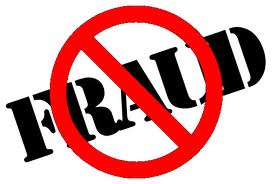
- Someone with an unstable work history
- Someone who is consistently uncooperative
- Someone who was recently terminated, demoted or in line for early retirement
- Someone who calls soon after being injured and presses for a quick settlement of the case
- Someone who changes their address to a post office box or receives mail via a friend or relative
- Someone not injured in the presence of witnesses
- A history of reporting subjective injuries
- Not promptly reporting the accident to the employer
- Accidents occurring late Friday afternoon or shortly after the employee reports back to work on Monday morning.
Where To Start?
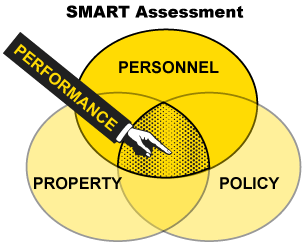
- Gain an independent third party partner
- Implement a proven Claims Management Program
- Free up management time
